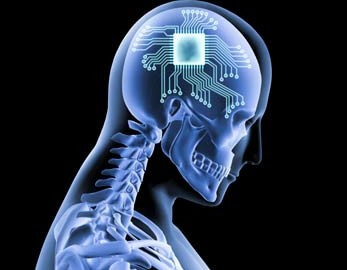Interviews & Features
The Hottest Medical Technologies in 2025
April 22, 2025Medical technology has come a long way since the invention of eyeglasses and the stethoscope. The broader availability of mobile internet, the expansion of a more affluent middle class, and an aging global population are all driving change in the healthcare industry, and the associated technology is changing faster than ever before.
The aging U.S. population is rapidly increasing demand for many jobs in the health sector, which has become the fastest-growing part of the national economy. Although many medical jobs require advanced degrees—physicians, nurses, surgeons, etc.—the role growing fastest across most states is generally accessible to anyone with a high school diploma.
10 Scholarships for Anesthesiology Students (2025)
February 5, 2025Are you considering a career in anesthesiology but want to be sure that you can pay for school? Luckily there are a number of anesthesiologist scholarships available for medical students, nurses, and anesthesia assistants. With the right documentation and tenacity, you can get help paying for an anesthesia education and jumpstart your healthcare career.
The History of Medical Coding Systems & Languages
December 16, 2024As technological advancements unlock new capabilities, medical coding will continue to adapt and innovate, promising even more integration, security, and global collaboration in the future.
The Evolution of Digital Wellness Technologies
December 2, 2024Digital wellness technologies refer to various tools and applications designed to promote and improve holistic well-being in the digital age. These technologies encompass various platforms, including mobile apps, wearable devices, and online programs specifically developed to monitor and enhance physical, mental, and emotional health
50 Medical Science & Technology Scholarships (2025)
November 29, 2024Healthcare is a rapidly growing field and the need for skilled, compassionate professionals is expected to accelerate in the next decade. According to the U.S. Bureau of Labor Statistics, the demand for healthcare and related technical jobs is expected to grow 13 percent between 2021 and 2031.
A Complete Guide to the Latest Fertility Technologies
November 6, 2024The necessity of fertility treatments cannot be overstated in today's society, where many couples face challenges on their path to parenthood: “One out of six couples are going to suffer from infertility, and those are couples who are trying it on their own. Other patients can benefit from our services, such as patients in same-sex relationships, single women trying to get pregnant without a partner, and women interested in fertility preservation by freezing eggs,” notes Dr. Molinaro.
Infection Prevention Week Advocacy Guide (2024)
October 8, 2024One of the many ways infection prevention awareness is heightened globally is through International Infection Prevention Week (IIPW), observed annually in the third week of October. IIPW is critical in educating healthcare professionals and the public about the importance of infection control practices.
In the classic sci-fi series "Star Trek," humans often relied on their tricorders—handheld devices capable of diagnosing nearly any ailment in seconds. People have long dreamed of a world where machines could identify our medical problems with certainty. While such technology is still far in the future, recent advances in artificial intelligence have made this vision seem less fantastical.
Breast Cancer Awareness Month 2024: Advocacy Guide
October 2, 2024Access to care has become a top issue in the hereditary cancer community now that genetic testing has become so widely available. This is especially of concern for previvors, individuals with a known genetic risk of cancer but who have not been diagnosed with the disease, as well as survivors, who may be at heightened risk of other types of cancer as well as recurrence.










